The Web has changed dramatically over the years, both as a consumer and as a developer. Thanks to the advancement of the Internet, making attractive websites and applications has never been easier.
The purpose of this blog post is to explore the past of the network and discuss the potential future of the network, namely Network 3.0
Web 1.0 Beta
The concept of hypertext predates the World Wide Web by decades. However, almost all hypertext systems rely on local files. Tim Berners-Lee hopes to develop a system that can work across networks, allowing individuals to link from one file on one machine to another file on another machine.
So in December 1990, he used Objective-C to write an application for his next computer system and named it the World Wide Web.
WorldWideWeb is more than just a file browsing application. It is both a browser and an editor.
You can check the first web browser: https://worldwideweb.cern.ch/
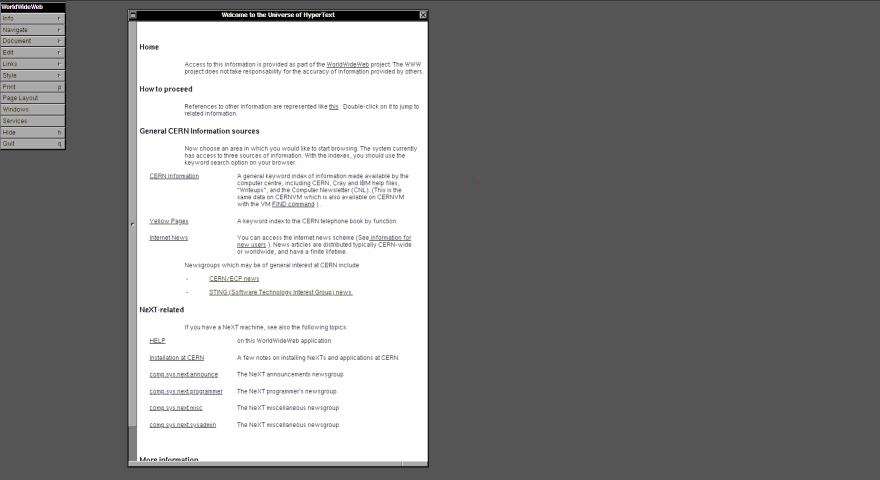
Web 1.0
Web 1.0 is the first phase of the World Wide Web revolution, and is often referred to as a read-only network. The website is informational and only contains static content linked together by hyperlinks, or simply, no CSS, dynamic links, interactivity, such as logged-in users, comments on blog posts, etc.
These websites are built using server-side inclusion or Common Gateway Interface (CGI), rather than web applications written in dynamic programming languages such as Perl, PHP, Python, or Ruby.
In the Web 1.0 era, from 1991 to 2004, users on the Internet were consumers of content created by content creators
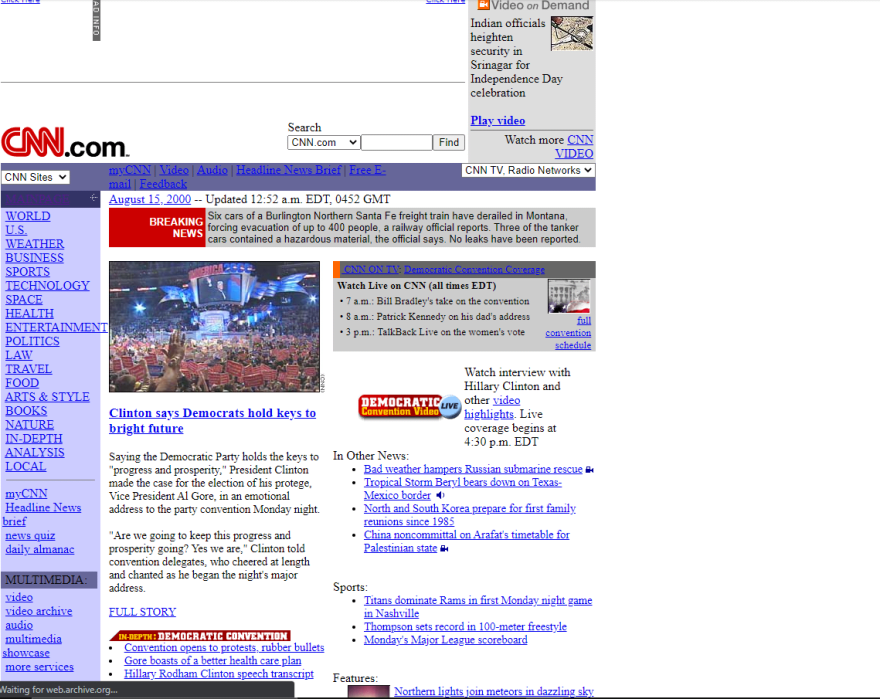
Web 2.0
From 2004 to the present, Web 2.0 is the second phase of the World Wide Web revolution, which is commonly referred to as the read-write network. The focus is on user-generated content, ease of use, participatory culture, and interoperability.
Some early web 2.0-based platforms include YouTube, Facebook, Amazon, etc. Thanks to CMS technologies such as WordPress and blogs, creating e-commerce stores has become very popular.
Web 2.0 has brought about a fundamental change. People can share their views, opinions, ideas, and experiences through various online tools and platforms.
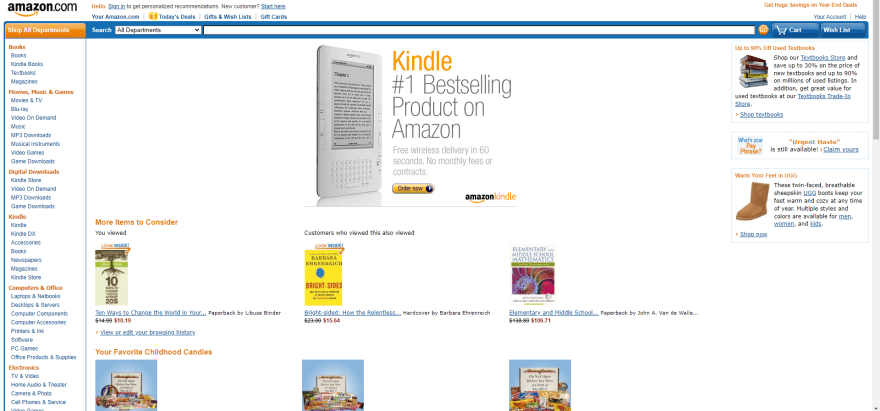
Disadvantages of Web 2.0
Before looking at the disadvantages, let's take a look at how traditional Web 2.0 applications work.
The client (user) will issue an HTTP request to the server, and if everything is correct, it will respond back to the web page as a response.
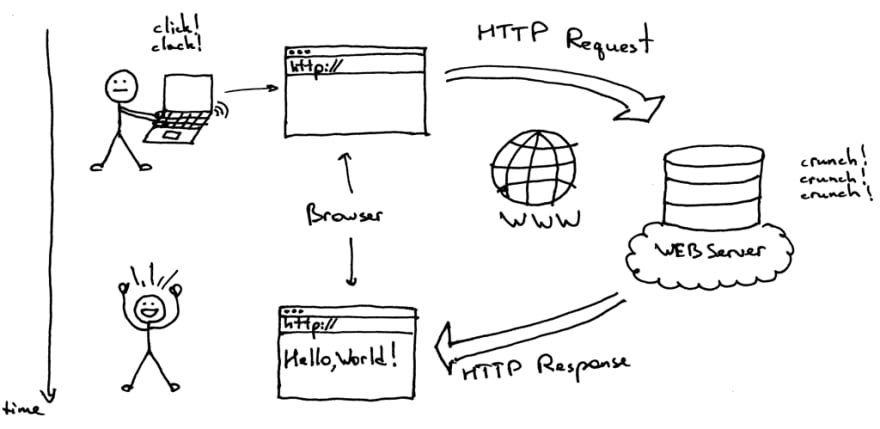
A major flaw here is that all data is stored on a central server controlled by the company.
Facebook, Google, and Twitter started storing user data on their servers so that they can provide us with better content through machine learning. This, in turn, will allow us to stay longer on their websites, thereby providing these companies with more advertising revenue.
These companies eventually started selling our information to advertisers, which meant more money for them!
Summarizing web 2.0, we can say that users are products
Web 3.0
The Web 3.0 concept aims to create a decentralized but secure Internet where people can safely exchange money and information without the need for middlemen or large technology companies.
Unlike Web 2.0, where data is stored in a single database or cloud provider, Web 3 applications either run on the blockchain or on peer nodes (servers).
Compared with Web 2.0, you are a product, and some people predict that in Web 3.0, you will be the content owner. According to web 3.0 experts, the company will be operated by a decentralized organization called DAO (Decentralized Autonomous Organization), eliminating the need for the company's CEO and senior management. Since your digital identity has nothing to do with your real identity in Web 3.0, you can remain anonymous on the Internet while still living a normal life.
An example of a Web 3.0 application is Obsidian for Whatsapp, Odyessy for YouTube, LBRY, etc.
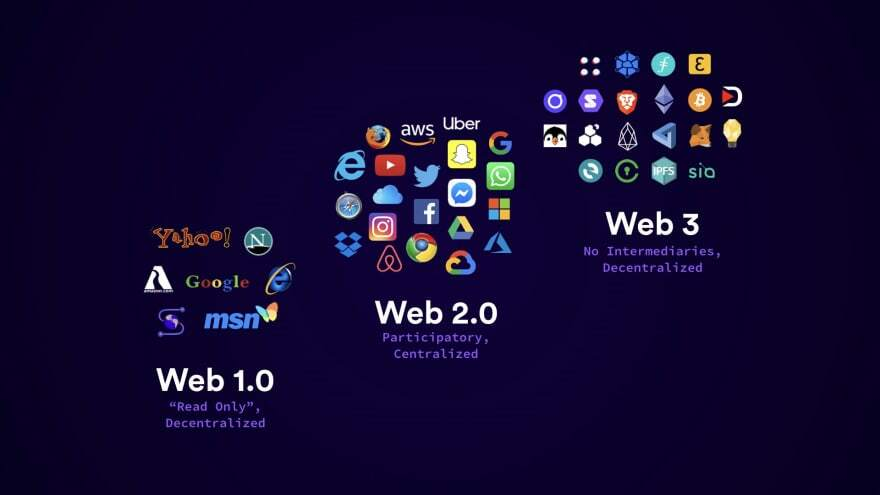
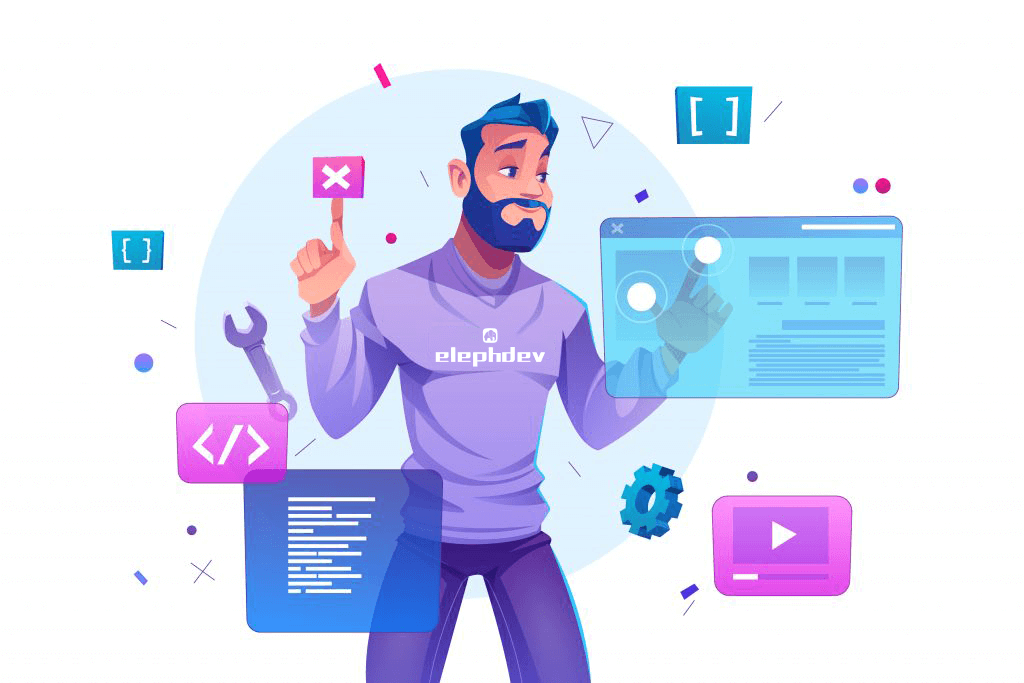

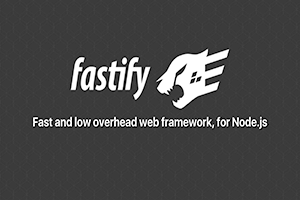
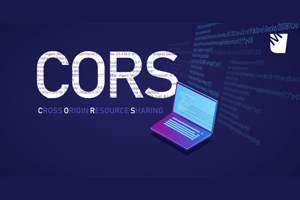
Post comment 取消回复